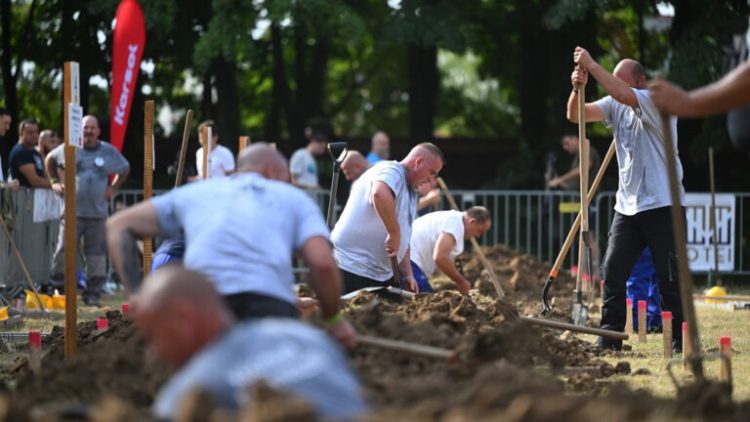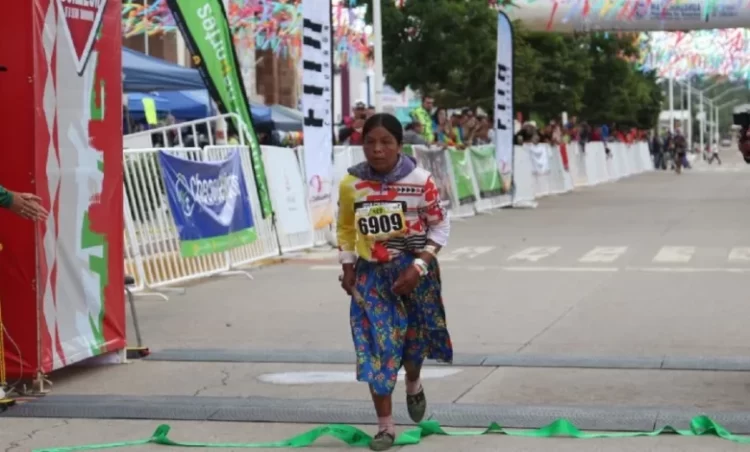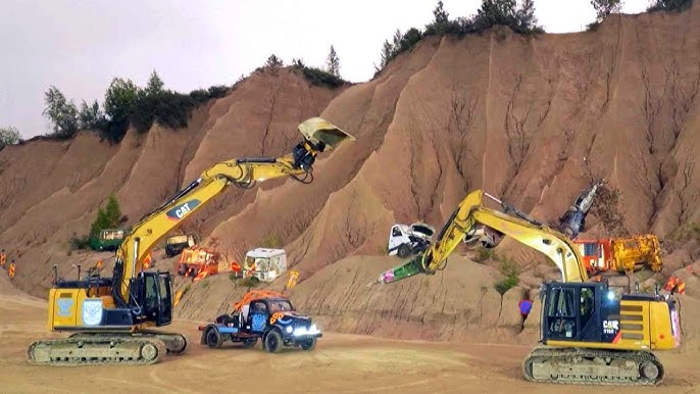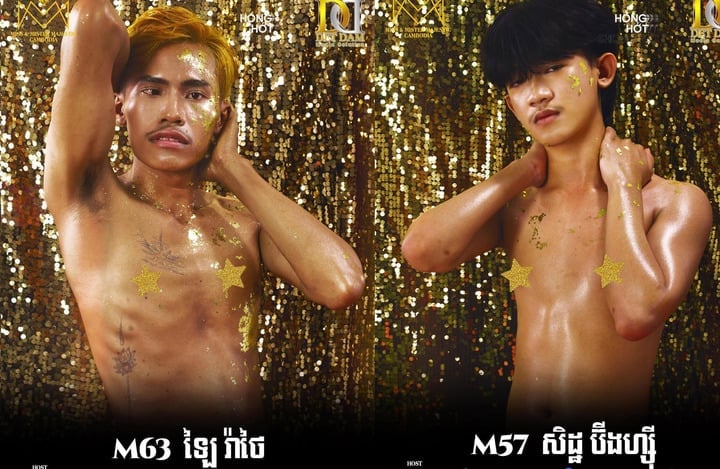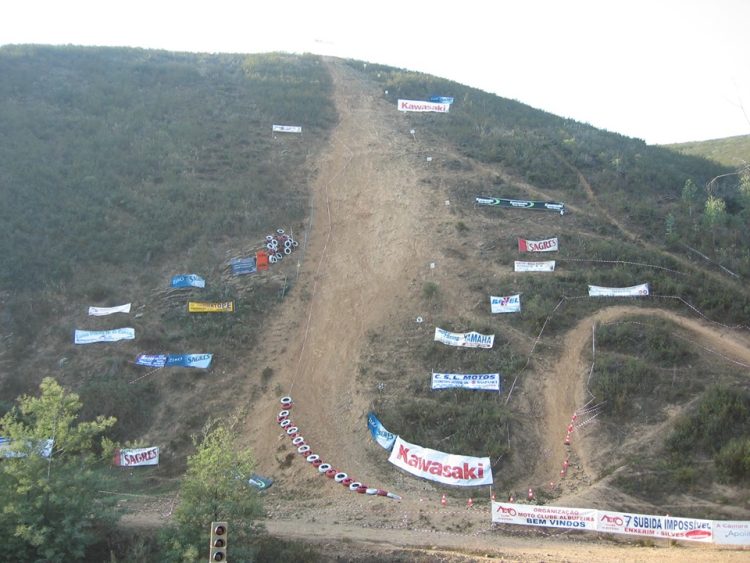While the bullfights of Spain and Mexico generally don’t end well for the bull, Costa Ricans prefer to do things differently. Since cattle are revered as a source of income for thousands of farming families in the nation, they don’t consider it practical to kill bulls for sport. Although bullfights are a main event at Zapote – the annual Costa Rican bull festival – the bulls always leave the arena unscathed.
Corridas de toros (bullfights) are held all through the year in Costa Rica, but Zapote’s is considered to be the country’s grandest event. At the end of each year, cattle farmers from all over the nation haul their bulls and gather at the capital, for the much-awaited celebration. And instead of glorifying man’s power over the beast, the bullfights during Zapote celebrate bulls. The animals are never to be killed, only dodged.
Photo: The Tico Times
Two bullfighting events are held on each day of the festival – one in the afternoon and the other at night. The events feature elements of a traditional rodeo. Hordes of professional and amateur rodeo clowns, called improvisados, are thrown into the ring to face El Violador (the violator), which is the bull. And there’s only one rule to follow: the bull may hurt anyone, but no one can hurt the bull. The ensuing bullfight is often a hilarious spectacle, with the clowns going to great lengths to save themselves. Experienced improvisados are paid in advance to entertain the crowd and assist amateurs during emergencies.
Festival organizers offer cash prizes for the best performances in the ring. Sometimes improvisados are given tasks, like retrieving an object off the bull. Special games like dos ceros (two zeros) are also organised, where improvisados are put in two circles while a bull charges between them. The last one to stay within his ring while avoiding the bull wins a cash prize.
Photo: Zoraida Diaz
Unlike bull riding in other parts of the world, Costa Rican bull riding is not timed. The success of the rodeo clown is judged by his technique, the acrobatics of the bull, and the most important factor – the reaction of the crowd. Over the years, some bulls have gained notoriety for being the most ‘thrilling’. Malacrianza, for instance, was the most revered and feared bull in Costa Rica for several years.
Outside the bullfight stadium, the Zapote festival offers other attractions – carnival rides like bumper cars and roller coasters, carnival games, bars and a nightclub. Food options include cotton candy, Chinese rice, noodles, Argentine steak, churros and more.
Photo: Leaf Project
Despite the humane treatment of bulls, the Zapote bullfights have not remained free of controversy. The World Society for the Protection of Animals has condemned the sport for the maltreatment of bulls. The injuries to humans have not gone unnoticed either – each year over 200 people are wounded during the fights, and hundreds are hospitalized.
Still, the bullfights are considered the life of the festival. According to Adrián Bindas, a 15-year veteran of the ring, it is the dream of every Costa Rican boy to bullfight in Zapote as soon as they turn 18. In spite of suffering 26 stitches to his face and losing his teeth, Adrián is still every bit as excited about the festival. “I hate football,” he said. “I hate martial arts. For me, this is the Super Bowl.”
Interestingly eough, this is not the only form of humane bullfighting. The Forcadas of Mexico and Portugal are groups of female bullfighters who take on the horned animals with their bare hands trying to subdue them, while the leaping bullfighters of Spain hardly ever come into direct contact with the bulls, as their aim is to perform leaps over them as they charge.
Sources: Modern Farmer, The Tico Times





